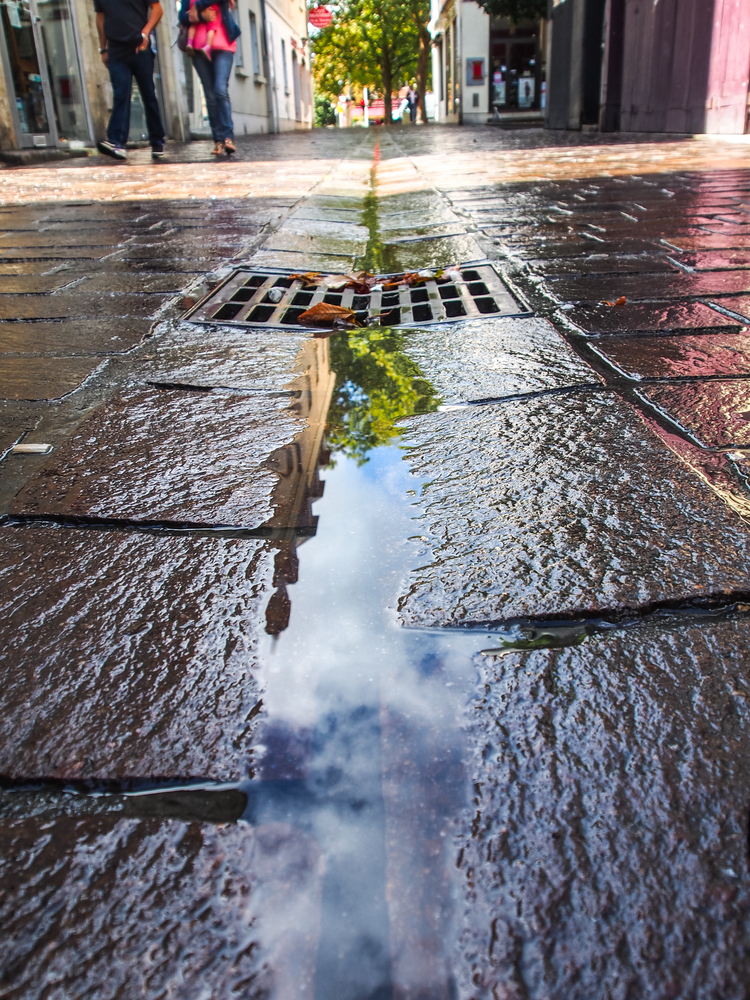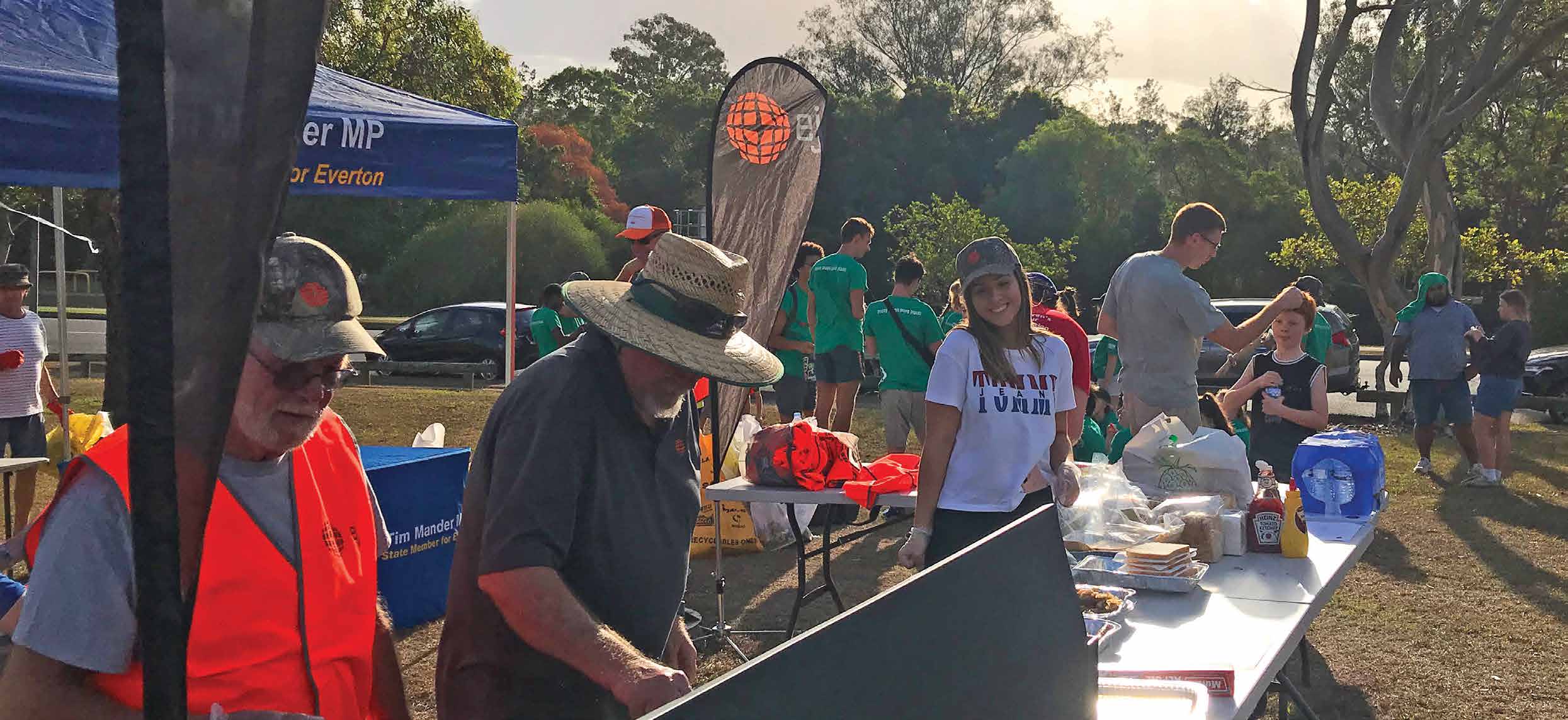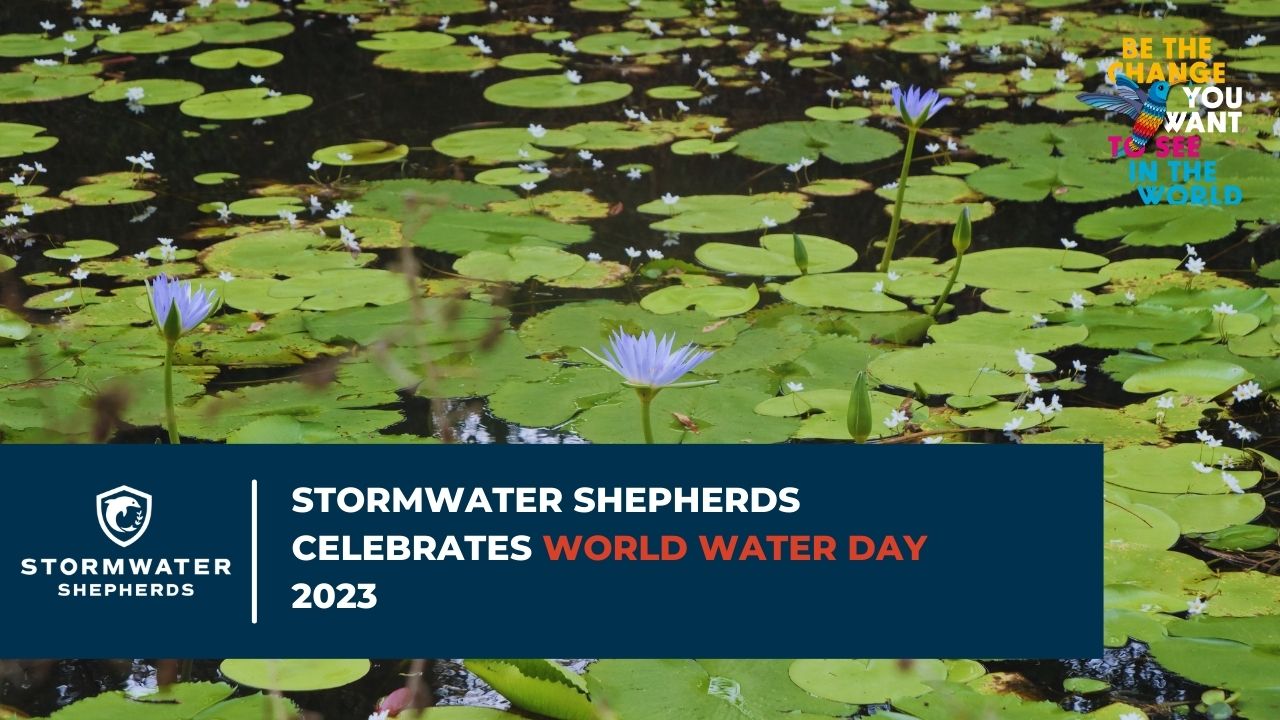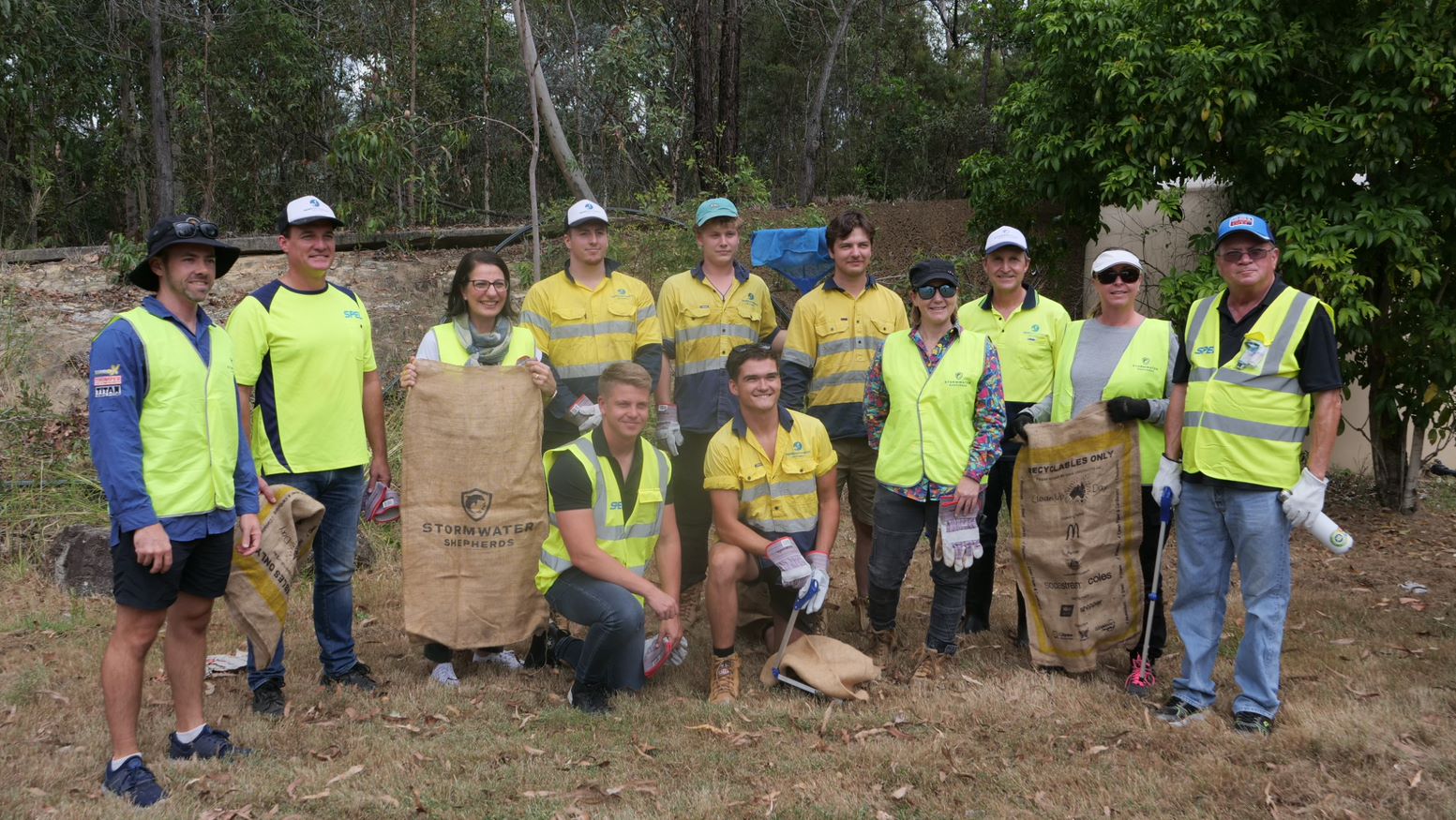Stormwater
Stormwater is rainwater - water that hits our roofs, driveways, roads and pavements, collecting anything and everything in its path and carrying it into the stormwater pipes located beneath our cities and towns to our waterways. Stormwater networks also become clogged or unable to cope with increased water from significant rain events, resulting in flooding.

impact
of Stormwater
What is little discussed and often underestimated is the type and amount of pollutants conveyed by stormwater and the quantity of water moved during significant rain events to cause flooding.
More than just plastic bags, bottles and solid waste, stormwater carries with it soil and sediment, organic matter, excessive nutrients, dangerous chemicals from our gardens and agriculture, microplastics from vehicle tyres, oil and grease, hydrocarbons and heavy metals from vehicles. All this material makes its way into our natural waterways and eventually our oceans – and the impact is catastrophic.
URBAN FLOODING
Why? Natural drainage flows are disturbed by the ever-increasing hard or impervious surfaces in urban areas. Increased stormwater can overwhelm the capacity of drainage systems, which need to grow to meet the increasing demands of urban development.
The core issue is the council's operational and budgetary pressures to maintain, replace / retrofit, or install extensive infrastructure. The most effective 'fix' is for councils to adopt new stormwater funding models that support resilient and sustainable alternatives to managing stormwater correctly.
RIVERINE FLOODING
More people are residing near water bodies or approved to reside within floodplains. They are witnessing an increase in frequency and significance of flood events causing substantial property damage, mental anguish, high or no insurance premiums, massive economic losses, and loss of life or livestock with colossal clean-up and rebuilding costs.
Reducing stormwater runoff and protecting floodplains uses a mix of green and grey infrastructure (and scheduled maintenance) to reduce riverine flooding. These systems reduce the volume of stormwater flowing into waterways and protect the natural function of floodplains.
To do this we need to fund stormwater correctly.
ORGANIC MATTER
CHEMICALS
URBAN FLOODING
Occurs during significant rain events when rain falls faster than it can be transported by stormwater networks or absorbed into the soil. The costs from damages to homes and commercial premises, vehicles and lost business can be huge.
Why? Natural drainage flows are disturbed by the ever-increasing hard or impervious surfaces in urban areas. Increased stormwater can overwhelm the capacity of drainage systems, which need to grow to meet the increasing demands of urban development.
The core issue is the council’s operational and budgetary pressures to maintain, replace / retrofit, or install extensive infrastructure. The most effective ‘fix’ is for councils to adopt new stormwater funding models that support resilient and sustainable alternatives to managing stormwater correctly.
RIVERINE FLOODING
Is when a river’s waters break its banks in low-lying areas from significant rainfall and increased stormwater runoff, king tides, dam releases, storm surges or extensive snow melts.
More people are residing near water bodies or approved to reside within floodplains. They are witnessing an increase in frequency and significance of flood events causing substantial property damage, mental anguish, high or no insurance premiums, massive economic losses, and loss of life or livestock with colossal clean-up and rebuilding costs.
Reducing stormwater runoff and protecting floodplains uses a mix of green and grey infrastructure (and scheduled maintenance) to reduce riverine flooding. These systems reduce the volume of stormwater flowing into waterways and protect the natural function of floodplains. To do this we need to fund stormwater correctly.
ORGANIC MATTER
Leaves, grass clippings, animals and their droppings and other seemingly harmless plant matter is collected by heavy rains and pushed into our water system through the stormwater network. Although degradable, excessive green waste increases the nutrient loads that cause toxic algae blooms and the subsequent imbalance in these water ecosystems.
SEDIMENT
Increased housing and urban development have made sediment polluted water a growing problem. Causing cloudiness, sediment prevents animals from finding food and can affect their breathing and resistance to disease. Sediment also increases the cost of treating water for human consumption, impacting odour and taste.
CAR EMISSIONS
Car emissions are not limited to exhaust fumes that contribute to air pollution. They can also leak automotive fluid and release heavy metals that contribute to stormwater pollution, contaminating local waterways and altering the chemical balance of aquatic ecosystems, making the water column and sediment inhospitable or toxic for aquatic organisms.
PLASTIC POLLUTION
Over 100,000 marine mammals and 1 million waterbirds die each year from the 8 million tons of plastic pollution that enters our waterways and oceans. Approximately 80% of the plastic comes from the land, conveyed mainly from stormwater.
TYRE RUBBER
Next time you break, speed up or ‘take the curve’ your tyres will be leaving behind thousands of rubbery or plastic fragments now referred to as ‘tyre wear pollution’. In heavy rain, these fragments are carried into our stormwater, becoming the nemesis of our marine animals and shellfish. Like microplastics, they are ingested; however, tyre particles contain oil and other heavy metals, forming a lethal diet for all who consume, as well as clogging their gut.
CHEMICALS
Chemicals designed to kill weeds and bugs often don’t discriminate. Finding their way into our water networks through absorption and runoff, they are a primary contaminate. Chemicals and pesticides make water unsuitable for human and animal consumption, and agricultural use.

80% of the plastic in our oceans originates from land sources. Effective stormwater management stops pollution before it reaches our waterways.





